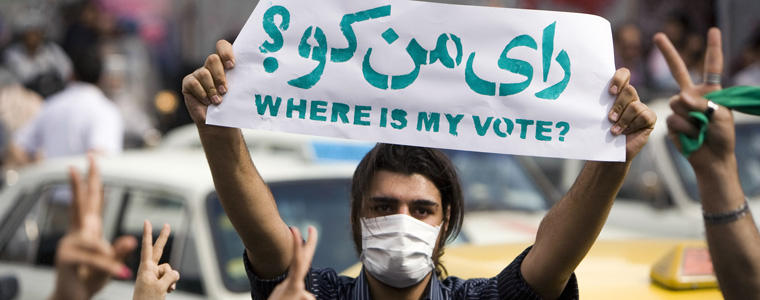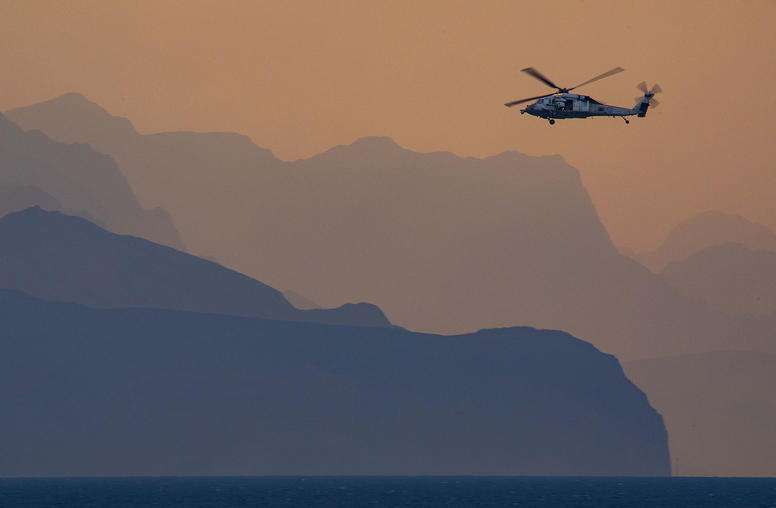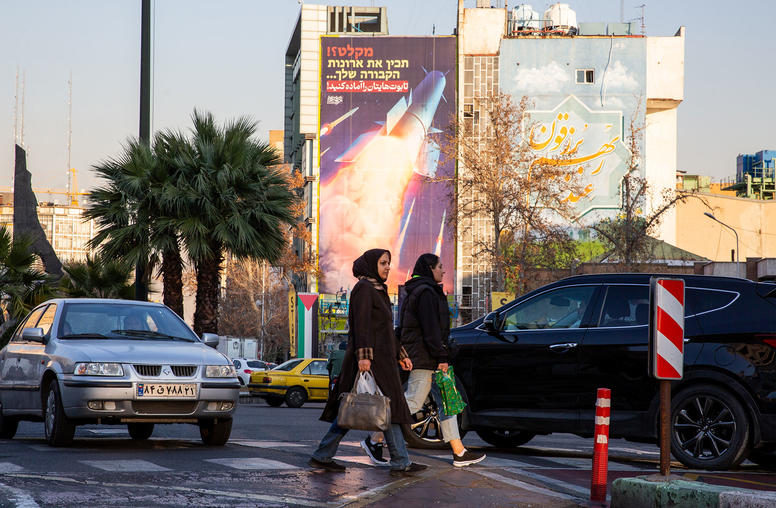Iran’s June 14 Vote to Replace Ahmadinejad Heats Up with Debates, Dropouts
Candidates are staking out positions on policy toward the U.S., the nuclear program and on the economy and the role of women in advance of an election aimed at selecting a replacement for a figure who has become possibly the most familiar face of the Iranian regime in America.

Six candidates remain in the running for Iran’s presidential election on June 14 to replace Mahmoud Ahmadinejad, arguably the most recognizable face of Iran for Americans and much of the world. This first round likely will lead to a runoff since the winner would have to score more than 50 percent of the vote. Still, the result will not only show who is winning the support of voters but also provide key indicators of the legitimacy of the regime and the electoral process in the eyes of the Iranian public, according to Robin Wright, a joint scholar at USIP and the Woodrow Wilson International Center for Scholars.
Wright examines the significance of the upcoming vote in one of a range of articles on USIP’s Iran Primer web site, the go-to resource on all things Iran. It’s produced in partnership with the Wilson Center.
“Iran’s supreme leader has a virtual veto over almost everything,” Wright writes. “Yet the president does matter in Iran. His administration strongly influences the tone of politics, the economy and the cultural atmospherics—as well as many appointments.”
The field of candidates already had been narrowed by the regime from hundreds of candidates to eight last week before two dropped out in recent days, one a hardliner and one considered a reformer. The regime, led by Supreme Leader Ayatollah Ali Khamenei, will be watching closely to compare turnout and public reaction to the last election in 2009, when voters demonstrated against what they saw as fraudulent balloting. The protests turned into the biggest challenge to the Iranian regime since the 1979 revolution and spurred a revived opposition movement, Wright writes.
In another article on Iran Primer, Garrett Nada, a program assistant at USIP, outlines the foreign policy positions the candidates staked out during a vigorous third and final debate last week.
“The debate exposed deep divisions on how Iran should deal with the international community, economic sanctions, Syria, and nuclear policy,” Nada wrote.
And there’s a tantalizing analysis of how the Iran-Iraq War still looms over the election a quarter century later, as each candidate tries to demonstrate what he sacrificed in the eight-year conflict, even in one case a leg.
Other recent articles on the site dissect a previous debate on culture, personal freedoms and women’s rights, and look at how the Persian media are reporting the race. Keep tabs on the frequent updates.
Viola Gienger is a senior writer at USIP.



